********** FOOD **********
return to top
Cocktail of the week: Lulu’s rhubarb hanky panky – recipe | The good mixer
Fri, 26 Apr 2024 15:00:08 GMT
A vodka martini with a defining rhubarb kick and a dash of bitters to top it off
This came about when we were trying to come up with a Valentine’s Day cocktail (a spin on the hanky panky seemed appropriate somehow!) that would also help us use up a glut of rhubarb we had in the kitchen art the time. And it’s still on our drinks list today. We replaced the usual gin with vodka, so as not to overwhelm the predominant rhubarb flavour, and used dry vermouth and homemade rhubarb syrup instead of sweet red vermouth.
Will Weir, general manager, Lulu’s, London SE24
Continue reading...Rich, crisp, complex, decadent – and no pastry in sight!
There’s a pub in east London that serves one of my favourite ever desserts. The Marksman’s brown butter and honey tart is rich, crisp and full of depth – everything you could ever want from a sweet tart. Here, I’ve tried to recreate its flavour in the form of custard pots to serve at the end of dinner with an elegant grating of good-quality dark chocolate.
Discover this recipe and over 1,000 more from your favourite cooks on the new Guardian Feast app, with smart features to make everyday cooking easier and more fun
Continue reading...Contrary to popular belief, there are some wines – and even one or two reds – that you can pair with this superstar spring vegetable
Four weeks or so into the asparagus season, and are you getting bored yet? Not me: at this time of year, I could happily eat the stuff every day, and frequently do, but not always cooked the same way. And how you cook or serve your asparagus will affect which wine you drink with it.
What’s that, you say – you thought wine was supposed to be a no-no with asparagus? Like most of these so-called rules, the difficulties are massively overstated. Do you think the Germans or Austrians, mad asparagus fiends that they are, don’t drink wine with their spargel? Of course they do. In Alsace, too.
For more by Fiona Beckett, go to fionabeckett.substack.com
Continue reading...Speaking to experts and people on the ground in Pas-de-Calais reveals a different narrative to that told by Rishi Sunak
The people from Vietnam trying to get to England on small boats across the Channel stand out from the rest of those drawn to the Pas-de-Calais coastline.
They are notably young, many just teenagers. They tend to stick together and eschew the attention of the aid workers offering food and water down at the beach or in the forests where they sleep at night.
Continue reading...Top chefs say the Games will rebrand French gastronomy as a showcase for plant-based food
It will boast the world’s biggest salad bar, offer fans vegetarian hotdogs and bring in up to half a million bananas by boat to meet athletes’ insatiable demand for the fruit while avoiding the carbon footprint of air travel.
As part of its efforts to cut carbon emissions, the Paris Olympics will make history by offering more vegetarian cuisine than in any Games.
Continue reading...This is the sort of food invented for British people that you’d have got at a Cantonese restaurant back in 1994
Off to Canterbury for a shufti around the cathedral, a meander through its pretty streets and a spot of lunch at Sekkoya, a vast, gorgeous-looking new pan-Asian restaurant on the Riverside next to a Curzon cinema, a crazy golf venue and a branch of Heavenly Desserts. The restaurant’s sleek website offers all sorts of bold statements about this hot dining experience (regular readers will be aware that I delight in this kind of Vogon poetry), claiming that it will take us on a “gastronomic journey throughout Asia that transcends ordinary flavours”, and offering cocktails that will “awaken your senses”.
The website emotes grandly in this way for many more yards, so much so, in fact, that I suspect AI. Only a non-sentient being could describe Canterbury’s Riverside as a “vibrant new lifestyle district”, when it’s just an elevated patch of concrete. Maybe Sekkoya is entitled to be cocky, though, because it’s clearly the classiest venue for miles: the place is bedecked in sea-green velour, with shiny floors, pale tan leather seats and an impressive “mural” skylight that gives the impression that you’re dining in a rainforest. Fans of the opulent Chinese restaurant chain Tattu, which is especially big in Manchester, Birmingham and Leeds, will recognise dashes of the modern, high-octane glamour that delights Instagram feeds. Add beautiful bathrooms, Kool & The Gang and George Benson on the stereo, and lovely, chipper serving staff, and they clearly mean business here.
Continue reading...About 1,000 US troops will support the military construction efforts, but Joe Biden has ordered them not to set foot on the Gaza shore
US troops have begun construction of a maritime pier off the coast of Gaza that aims to speed the flow of humanitarian aid into the territory, the Pentagon has said, but the complex plan to bring more desperately needed food to Palestinian civilians is still mired in fears over security and how the aid will be delivered.
“I can confirm that US military vessels, to include the USNS Benavidez, have begun to construct the initial stages of the temporary pier and causeway at sea,” Pentagon spokesperson Maj Gen Patrick Ryder told reporters.
Continue reading...Like countless other hostilities, the stealthy Israeli missile and drone strike on Iran doesn’t risk war. It is war.
The post Israel Attack on Iran Is What World War III Looks Like appeared first on The Intercept.
The state says EMTALA, a law barring discrimination in emergency medical care, interferes with its abortion ban.
The post Idaho Goes to the Supreme Court to Argue That Pregnant People Are Second-Class Citizens appeared first on The Intercept.
U.S. military service members interviewed for a congressional inquiry said intelligence reports about how bad the situation is were being suppressed.
The post U.S. Troops in Niger Say They’re “Stranded” and Can’t Get Mail, Medicine appeared first on The Intercept.
A weekly email from Yotam Ottolenghi, Meera Sodha, Felicity Cloake and Rachel Roddy, featuring the latest recipes and seasonal eating ideas
Each week we’ll send you an exclusive newsletter from our star food writers. We’ll also send you the latest recipes from Yotam Ottolenghi, Nigel Slater, Meera Sodha and all our star cooks, stand-out food features and seasonal eating inspiration, plus restaurant reviews from Grace Dent and Jay Rayner.
Sign up below to start receiving the best of our culinary journalism in one mouth-watering weekly email.
Continue reading...From baroque music events to medieval architecture and delicious Adriatic cuisine, Croatia has something for everyone
Croatia’s fabulous mishmash of cultures – from ancient Greeks to Romans, Venetians, Austrians, Hungarians and Italians – has left a rich legacy all around the country. You’ll see it in the Venetian architecture of Rovinj, Korčula, Dubrovnik and Hvar, the Habsburg townhouses of Zagreb and Opatija, and the ancient Roman ruins of Istria and Dalmatia. You’ll taste it in the delicious cuisine where the Adriatic and central Europe meet and mingle.
You’ll hear it when top-flight performers bring their magic to the Dubrovnik Summer Festival, the Split Summer Festival and the baroque music festivals of Korčula and Varaždin. Sultry Dalmatian summer nights echo to the sound of polyphonic klapa singers whose a cappella music makes the skin tingle. The klapa festival in the beautiful Dalmatian coastal town of Omiš every July is one of the summer’s unmissable events.
Continue reading...Do you enjoy exploring the cobbled streets of historic towns, or is spending long days stretched out on the beach more your thing? Answer these questions to find out your Croatian holiday persona
Find out more by visiting croatia.hr
Continue reading...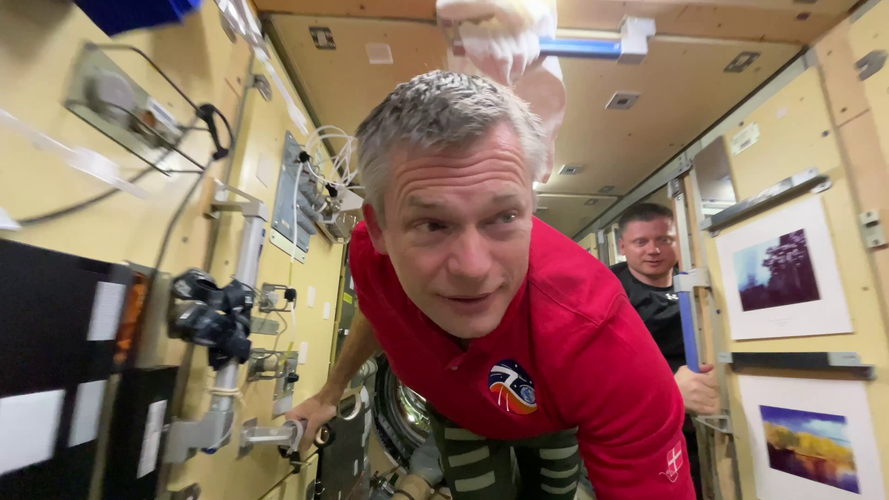 Video:
00:07:30
Video:
00:07:30
On the last day of his Huginn mission, ESA astronaut Andreas Mogensen takes us on a tour of the place he called home for 6 months: the International Space Station. From the beautiful views of Cupola to the kitchen in Node 1 filled with food and friends and all the way to the science of Columbus, the Space Station is the work and living place for astronauts as they help push science forward.
Style, with substance: what’s really trending this week, a roundup of the best fashion journalism and your wardrobe dilemmas solved, direct to your inbox every Thursday
Style, with substance: what’s really trending this week, a roundup of the best fashion journalism and your wardrobe dilemmas solved, delivered straight to your inbox every Thursday
Explore all our newsletters: whether you love film, football, fashion or food, we’ve got something for you
Continue reading...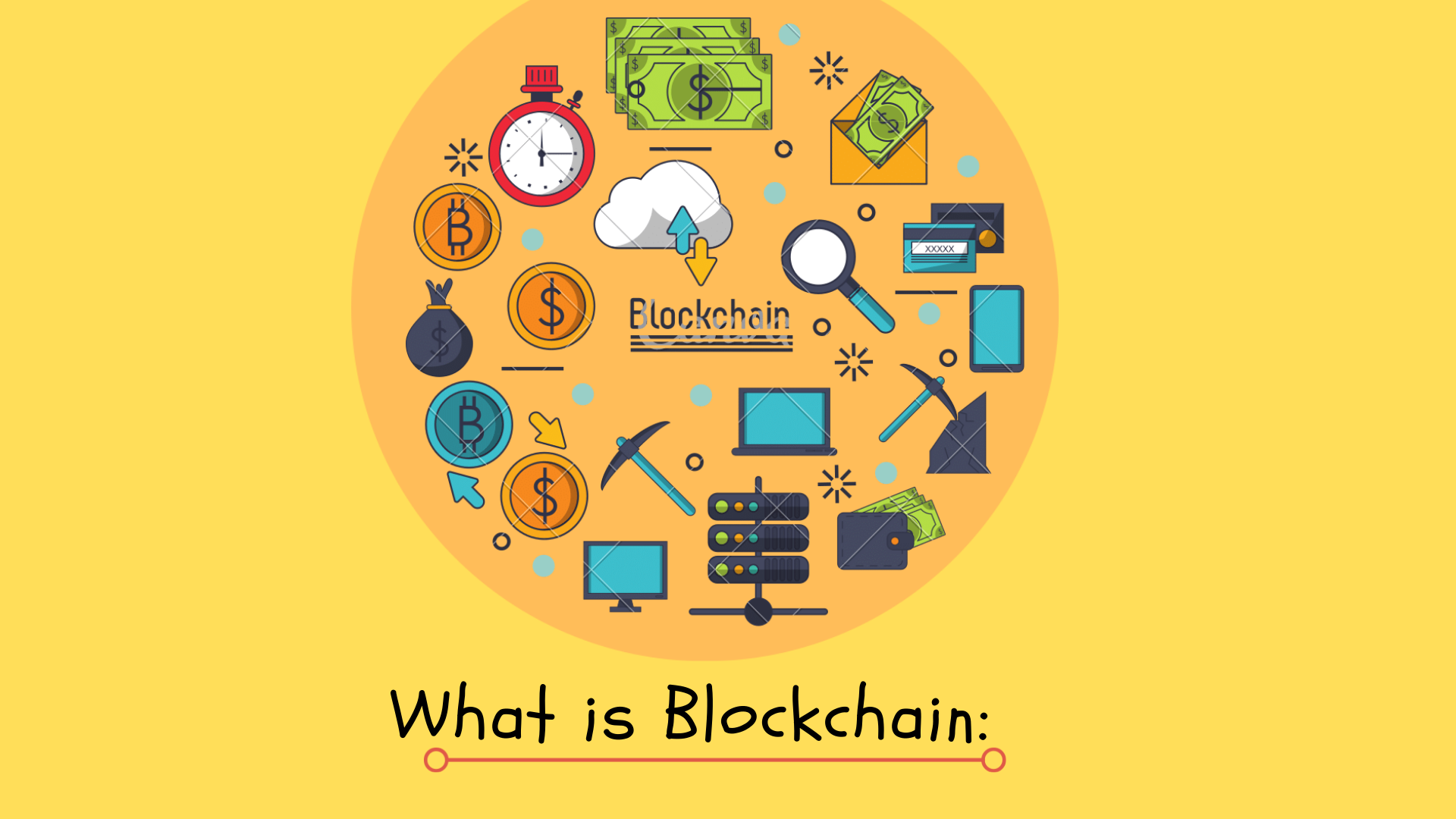 |
Imagine a world in which you can do transactions and many other things without having to give your personal information. A world in which you don’t need to rely on banks or governments anymore. Sounds amazing, right? That’s exactly what blockchain technology allows us to do.
It’s like your computer’s hard drive. blockchain is a technology that lets you store data in digital blocks, which are connected together like links in a chain.
Blockchain technology was originally invented in 1991 by two mathematicians, Stuart Haber and W. Scot Stornetta. They first proposed the system to ensure that timestamps could not be tampered with.
A few years later, in 1998, software developer Nick Szabo proposed using a similar kind of technology to secure a digital payments system he called “Bit Gold.” However, this innovation was not adopted until Satoshi Nakamoto claimed to have invented the first Blockchain and Bitcoin.
A blockchain is a distributed database shared between the nodes of a computer network. It saves information in digital format. Many people first heard of blockchain technology when they started to look up information about bitcoin.
Blockchain is used in cryptocurrency systems to ensure secure, decentralized records of transactions.
Blockchain allowed people to guarantee the fidelity and security of a record of data without the need for a third party to ensure accuracy.
To understand how a blockchain works, Consider these basic steps:
Let’s get to know more about the blockchain.
Blockchain records digital information and distributes it across the network without changing it. The information is distributed among many users and stored in an immutable, permanent ledger that can't be changed or destroyed. That's why blockchain is also called "Distributed Ledger Technology" or DLT.
Here’s how it works:
And that’s the beauty of it! The process may seem complicated, but it’s done in minutes with modern technology. And because technology is advancing rapidly, I expect things to move even more quickly than ever.
Even though blockchain is integral to cryptocurrency, it has other applications. For example, blockchain can be used for storing reliable data about transactions. Many people confuse blockchain with cryptocurrencies like bitcoin and ethereum.
Blockchain already being adopted by some big-name companies, such as Walmart, AIG, Siemens, Pfizer, and Unilever. For example, IBM's Food Trust uses blockchain to track food's journey before reaching its final destination.
Although some of you may consider this practice excessive, food suppliers and manufacturers adhere to the policy of tracing their products because bacteria such as E. coli and Salmonella have been found in packaged foods. In addition, there have been isolated cases where dangerous allergens such as peanuts have accidentally been introduced into certain products.
Tracing and identifying the sources of an outbreak is a challenging task that can take months or years. Thanks to the Blockchain, however, companies now know exactly where their food has been—so they can trace its location and prevent future outbreaks.
Blockchain technology allows systems to react much faster in the event of a hazard. It also has many other uses in the modern world.
Blockchain technology is safe, even if it’s public. People can access the technology using an internet connection.
Have you ever been in a situation where you had all your data stored at one place and that one secure place got compromised? Wouldn't it be great if there was a way to prevent your data from leaking out even when the security of your storage systems is compromised?
Blockchain technology provides a way of avoiding this situation by using multiple computers at different locations to store information about transactions. If one computer experiences problems with a transaction, it will not affect the other nodes.
Instead, other nodes will use the correct information to cross-reference your incorrect node. This is called “Decentralization,” meaning all the information is stored in multiple places.
Blockchain guarantees your data's authenticity—not just its accuracy, but also its irreversibility. It can also be used to store data that are difficult to register, like legal contracts, state identifications, or a company's product inventory.
Blockchain has many advantages and disadvantages.
I’ll answer the most frequently asked questions about blockchain in this section.
Blockchain is not a cryptocurrency but a technology that makes cryptocurrencies possible. It's a digital ledger that records every transaction seamlessly.
Yes, blockchain can be theoretically hacked, but it is a complicated task to be achieved. A network of users constantly reviews it, which makes hacking the blockchain difficult.
Coinbase Global is currently the biggest blockchain company in the world. The company runs a commendable infrastructure, services, and technology for the digital currency economy.
Blockchain is a decentralized technology. It’s a chain of distributed ledgers connected with nodes. Each node can be any electronic device. Thus, one owns blockhain.
Bitcoin is a cryptocurrency, which is powered by Blockchain technology while Blockchain is a distributed ledger of cryptocurrency
Generally a database is a collection of data which can be stored and organized using a database management system. The people who have access to the database can view or edit the information stored there. The client-server network architecture is used to implement databases. whereas a blockchain is a growing list of records, called blocks, stored in a distributed system. Each block contains a cryptographic hash of the previous block, timestamp and transaction information. Modification of data is not allowed due to the design of the blockchain. The technology allows decentralized control and eliminates risks of data modification by other parties.
Blockchain has a wide spectrum of applications and, over the next 5-10 years, we will likely see it being integrated into all sorts of industries. From finance to healthcare, blockchain could revolutionize the way we store and share data. Although there is some hesitation to adopt blockchain systems right now, that won't be the case in 2022-2023 (and even less so in 2026). Once people become more comfortable with the technology and understand how it can work for them, owners, CEOs and entrepreneurs alike will be quick to leverage blockchain technology for their own gain. Hope you like this article if you have any question let me know in the comments section
FOLLOW US ON TWITTER
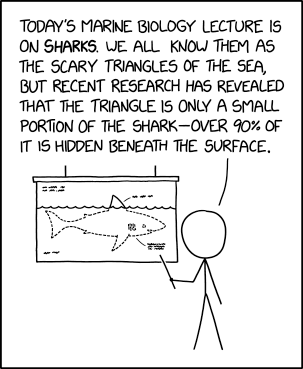
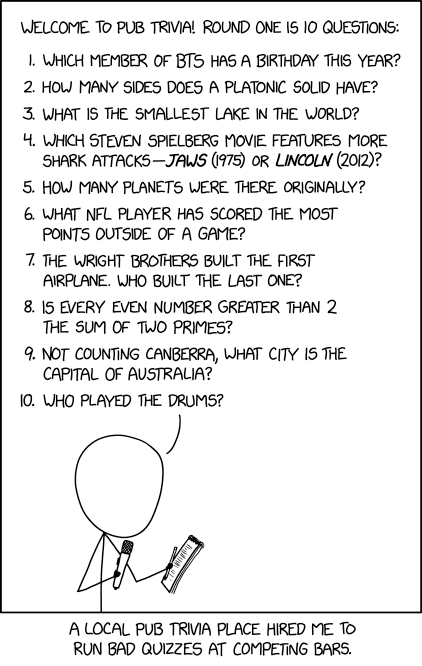
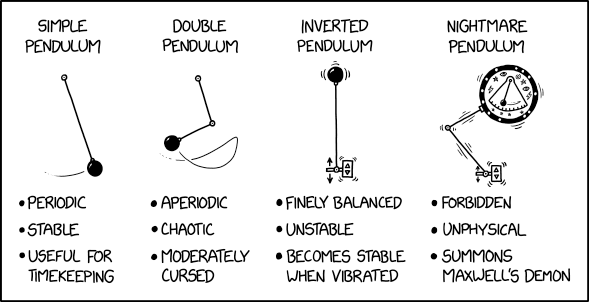
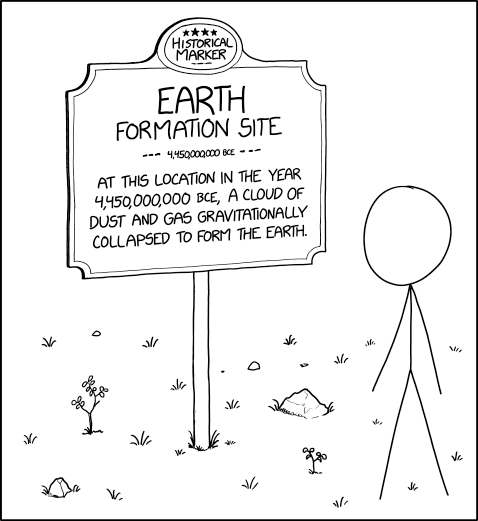
Two-year-old calf one step closer to reuniting with family group after tragic accident that left her stranded in remote lagoon
An orca calf, trapped for weeks in a remote lagoon in western Canada, has freed herself and is travelling towards open waters, hailed as “incredible news” by a growing body of human supporters.
The move puts her one step closer to reuniting with her family one month after a tragic accident left her stranded.
Continue reading...Panel of nearly 100 countries to draw up guidelines for industries that mine raw materials used in low-carbon technology
A UN-led panel of nearly 100 countries is to draw up new guidelines to prevent some of the environmental damage and human rights abuses associated with mining for “critical minerals”.
Mining for some of the key raw materials used in low-carbon technology, such as solar panels and electric vehicles, has been associated with human rights abuses, child labour and violence, as well as grave environmental damage.
Continue reading...The sexual wanderings of a partner don’t always spell the end. Readers share their experiences of how their relationship came out the other side
What counts as infidelity varies from couple to couple and how they choose to handle it is also unique. A drunken kiss on the dancefloor might be innocuous to some; for others, a relationship-ending catastrophe.
How readers chose to approach their straying partners varied dramatically depending on the length and nature of their relationship and what shape the outside encounter took. If families and mutual assets were involved – and other relationship factors were stable – readers tended to double down on commitments, opting to frame such transgressions as an opportunity for growth and refreshment. And the further down the road couples had travelled together, the more likely they would stay together post-infidelity.
Continue reading...EV sales have plateaued across the world but the newfound glut of vehicles may just be temporary
Elon Musk became the world’s richest man by evangelising about electric cars – and delivering them by the million. Yet in recent months his company, Tesla, has struggled to maintain its momentum: sales have dropped this year, and so has its share price.
Those struggles have become emblematic of a broader reckoning facing the electric vehicle (EV) industry. After the soaring demand and valuations of the coronavirus pandemic years, the pace of sales growth has slowed. The industry has entered a new phase, with questions over whether the switch from petrol and diesel to cleaner electric is facing a troublesome stall or a temporary speed bump.
Continue reading...Top chefs say the Games will rebrand French gastronomy as a showcase for plant-based food
It will boast the world’s biggest salad bar, offer fans vegetarian hotdogs and bring in up to half a million bananas by boat to meet athletes’ insatiable demand for the fruit while avoiding the carbon footprint of air travel.
As part of its efforts to cut carbon emissions, the Paris Olympics will make history by offering more vegetarian cuisine than in any Games.
Continue reading...Fujikawaguchiko town official says choice to erect huge barrier is ‘regrettable’ and last resort
A huge barrier to block views of Mount Fuji will be installed at a popular photo spot by Japanese authorities exasperated by crowds of badly behaved foreign tourists.
Construction of the mesh net – 2.5 metres (8ft) high and the length of a cricket pitch at 20 metres – will begin as early as next week, an official from Fujikawaguchiko town said on Friday.
Continue reading...Now living in comparative freedom in Iran, 26-year-old Mahtab Eftekhar describes facing motherhood at 12 and explains why seeking justice for other women means she no longer fears death
At the age of 10, while still in the third grade, I received news from my mother and stepfather that we would travel to Helmand province for my brother’s wedding. Little did I know, it was to be my own wedding, as my family had arranged my marriage to my cousin and sold me for 40,000 Afghanis [£500], without my knowledge or consent.
That night, after the wedding, I went to sleep beside my mother and little brother, only to wake up next to my cousin. Trembling from confusion and fear, I fled the room in tears and screams. But my mother and her sister coerced me back into that room. It was then that I was told I had been married to my cousin.
Continue reading...A measure passed by the House seeks to block Americans from traveling to Iran on U.S. passports.
The post House Responds to Israeli-Iranian Missile Exchange by Taking Rights Away from Americans appeared first on The Intercept.
The web has become so interwoven with everyday life that it is easy to forget what an extraordinary accomplishment and treasure it is. In just a few decades, much of human knowledge has been collectively written up and made available to anyone with an internet connection.
But all of this is coming to an end. The advent of AI threatens to destroy the complex online ecosystem that allows writers, artists, and other creators to reach human audiences.
To understand why, you must understand publishing. Its core task is to connect writers to an audience. Publishers work as gatekeepers, filtering candidates and then amplifying the chosen ones. Hoping to be selected, writers shape their work in various ways. This article might be written very differently in an academic publication, for example, and publishing it here entailed pitching an editor, revising multiple drafts for style and focus, and so on...
We would like to hear about your favourite, most useful everyday utensil
What’s your favourite, most useful everyday gadget? It could be a much-used kitchen gizmo, a tool for your daily beauty routine that you can’t live without, or a piece of kit that makes your day-to-day life easier: anything small, genuinely useful, and inexpensive to buy (nothing over £20).
Continue reading...The White House brushes off accusations of hypocrisy, courting TikTok while seeking to ban it.
The post As Biden Cheers TikTok Ban, White House Embraces TikTok Influencers appeared first on The Intercept.
The state says EMTALA, a law barring discrimination in emergency medical care, interferes with its abortion ban.
The post Idaho Goes to the Supreme Court to Argue That Pregnant People Are Second-Class Citizens appeared first on The Intercept.
With stunning sunsets, one of the most beautiful beaches in the Mediterranean and must-see medieval cities, Croatia’s coast and islands are nothing short of spectacular
Once seen, never forgotten. Croatia’s fabulously beautiful coast and islands (1,246 to be precise) – with their rocky coves, iconic beaches, historic towns and gorgeous sunsets, all surrounded by some of the most breathtakingly blue waters imaginable – are places that stay in the mind, and they have a habit of luring you back.
Rovinj in Istria is one of the most instantly recognisable towns on the Croatian coast, its narrow streets and colourful facades climbing upwards to a soaring bell tower, modelled on that of St Mark’s Basilica in Venice. Travel north just a little and you’ll reach Poreč, home to Unesco-listed Byzantine mosaics to rival those in Ravenna or Istanbul – or south to Pula, with its magnificently preserved Roman amphitheatre. For a peaceful oasis set among some of the country’s finest vineyards, head just five miles inland from the sea walls of Novigrad to Brtonigla.
Continue reading...Do you enjoy exploring the cobbled streets of historic towns, or is spending long days stretched out on the beach more your thing? Answer these questions to find out your Croatian holiday persona
Find out more by visiting croatia.hr
Continue reading...Cruising is booming – 2023 ticket sales have surpassed historic levels and 2024 has seen the launch of the largest cruise ship ever built. But as cruise tourism's popularity has increased, so have the pollution problems it brings. To customers, it may not be evident that any problems exist, since some cruise line companies claim to be becoming more climate-friendly. But the truth can be quite different. Josh Toussaint-Strauss interrogates what impact the world's biggest ships are having on the planet
‘Biggest, baddest’ – but is it the cleanest? World’s largest cruise ship sets sail
‘A good cruise is one that doesn’t come’: Europe’s ports bear brunt of ship pollution
Shipping’s dirty secret: how ‘scrubbers’ clean the air – while contaminating the sea
From biking adventures to city breaks, get inspiration for your next break – whether in the UK or further afield – with twice-weekly emails from the Guardian’s travel editors. You’ll also receive handpicked offers from Guardian Holidays.
From biking adventures to city breaks, get inspiration for your next break – whether in the UK or further afield – with twice-weekly emails from the Guardian’s travel editors.
You’ll also receive handpicked offers from Guardian Holidays.
Continue reading...RSS Rabbit links users to publicly available RSS entries.
Vet every link before clicking! The creators accept no responsibility for the contents of these entries.
Relevant
Fresh
Convenient
Agile
We're not prepared to take user feedback yet. Check back soon!